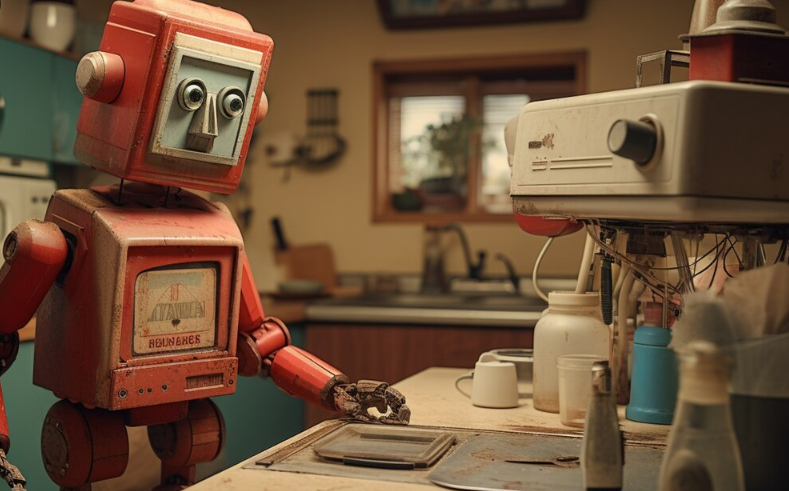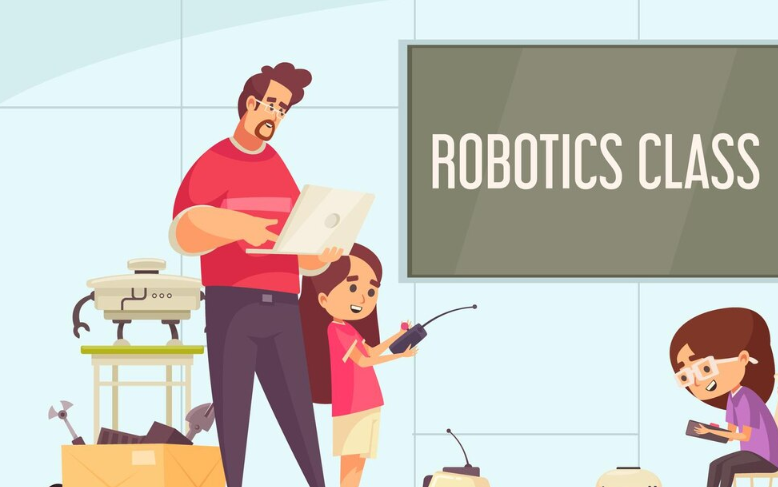We live in a world where software eats everything—finance, education, transportation. But now, code is venturing into the most sacred system of all: life itself. At the center of this biological revolution is CRISPR, a gene-editing technology that allows scientists to edit DNA as easily as rewriting a sentence of code. The fusion of CRISPR and programming logic is setting the stage for a future where biology is not just studied—it’s programmed.
What Is CRISPR?
CRISPR (Clustered Regularly Interspaced Short Palindromic Repeats) is a natural defense mechanism found in bacteria. Scientists have adapted it into a genetic editing tool that can:
- Locate specific DNA sequences
- Cut them with precision using the Cas9 enzyme
- Replace or modify them with custom genetic material
Think of CRISPR-Cas9 as a biological “find-and-replace” function—a molecular scalpel guided by code.
Biology as a Coding Platform
Here’s where things get even more exciting: DNA is a digital code, composed of four letters—A, T, C, and G. With tools like CRISPR, we’re now able to read, write, and compile that code.
Biotech startups and synthetic biology labs are already:
- Programming bacteria to produce sustainable chemicals
- Designing cells that self-destruct when they detect cancer
- Engineering crops that resist drought through gene logic
This isn’t science fiction. It’s bioengineering meets software engineering.
The Rise of Biological Programmers
Just like early computer coders built the digital age, a new generation of “bio-coders” is emerging—scientists and engineers who write genetic programs to build living systems.
CRISPR is becoming more modular, automated, and accessible. Open-source platforms like Benchling and genome-editing APIs make it easier than ever to experiment with biology.
And just like in software, developers use logic gates and Boolean operations—except instead of transistors, they’re wiring gene circuits inside cells.
Real-World Applications
The combination of CRISPR and coding isn’t theoretical—it’s transforming the world right now:
- Medicine: Custom gene therapies are being designed to fix inherited diseases like sickle cell anemia and muscular dystrophy.
- Agriculture: Plants are being engineered to resist pests without harmful chemicals.
- Climate Tech: Microbes are being programmed to capture CO₂ or produce biodegradable plastics.
In effect, CRISPR gives us the power to reprogram evolution itself.
Risks and Responsibility
Of course, with great power comes great risk.
- Off-target effects: CRISPR edits aren’t always perfect—accidental changes could cause harm.
- Bioethics: Who decides which genes are “fixable” or “enhanceable”?
- Biohacking: As tools become more accessible, what happens when amateur users experiment with live organisms?
We’re entering an age where hacking life is as easy as hacking code—and that demands a new kind of ethical framework, one that bridges biology, computer science, and society.
Conclusion
The future of biology is programmable. CRISPR is the tool, code is the language, and life itself is the platform.
We’re not just observing nature anymore—we’re building it. From personalized medicine to climate-resilient ecosystems, the fusion of CRISPR and programming is unlocking a new era of innovation. But it also calls on us to code with care, because the next big bug might not crash a server—it might rewrite a species.


